



The Coastal Virginia Wildlife Observatory banding station at First Landing State Park has 22 mist nets, each of which is about 39 feet long and eight feet high. The netting stops the bird's flight; the pockets of the nets, of which each net has four, hold the birds until they are removed by, well, me. Each captured bird is placed alone in a cotton bird bag which is marked by a clothes pin so that which bird was caught in which net can be recorded in the data. All nets are checked every 30-45 minutes during each banding day-more frequently in cold or very hot weather. The nets are furled when not in use.
The birds are brought to the central data station in their bags and kept out of the weather and sun while awaiting their turn to be processed. Kinglets are processed first, as they are the smallest and most fragile.
Each bird is identified by species and immediately banded with a metal band appropriate for the size of its leg or tarsus. Each bird is then measured, evaluated for body fat, feather wear and other attributes, aged and sexed (if possible) and finally, weighed. The bird is then released.
The data on each bird is recorded by hand on a banding sheet. The band number and some of the general data is thereafter sent electronically to the Bird Banding Lab of the USGS, as recounted in an earlier blog. The complete data from this station, the CVWO Kiptopeke Station and others is used by ecologists, ornithologists and other scientists to address a great variety of questions including: species morphology, population trends, migratory stop-over issues, migratory arrival trends.
By the way, how much do you think a Ruby-crowned Kinglet weighs? Answer: about 6 grams or 1/5th of an ounce. A fat Kinglet will weigh 6.7 grams!
Peter
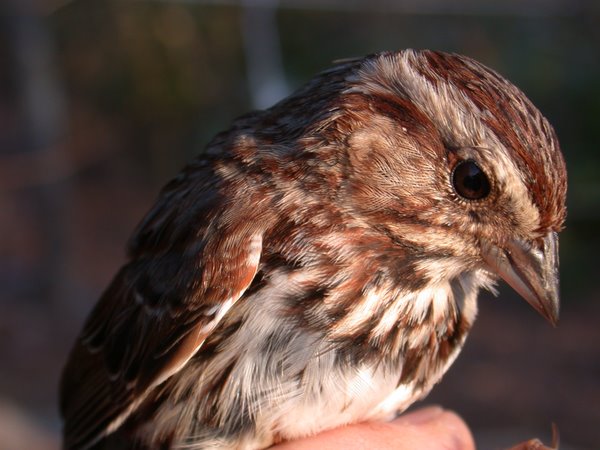
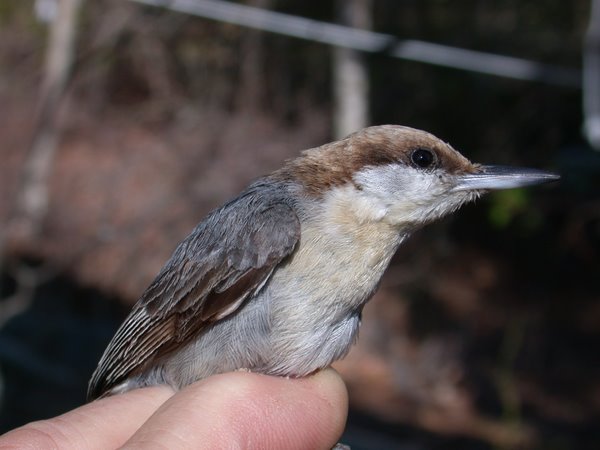
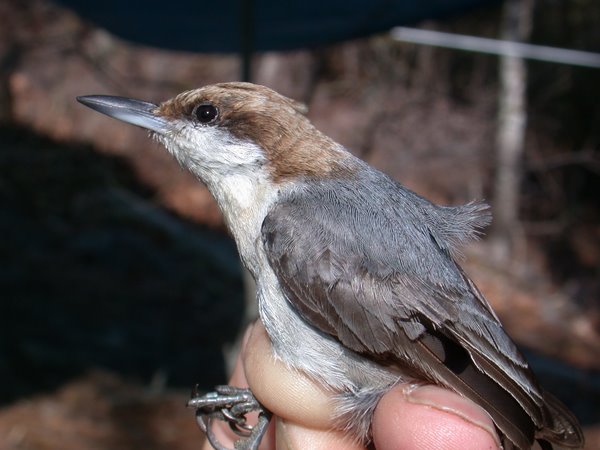
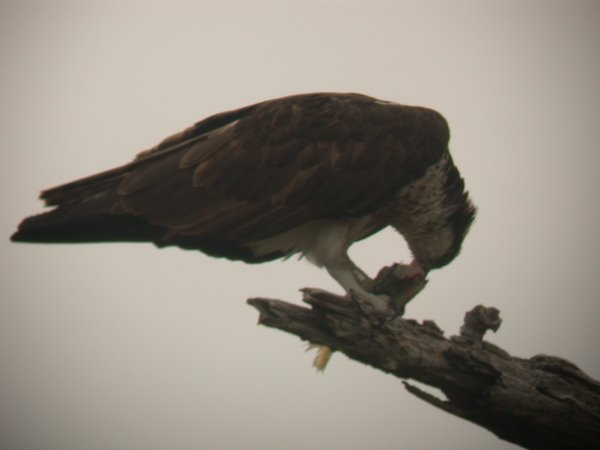


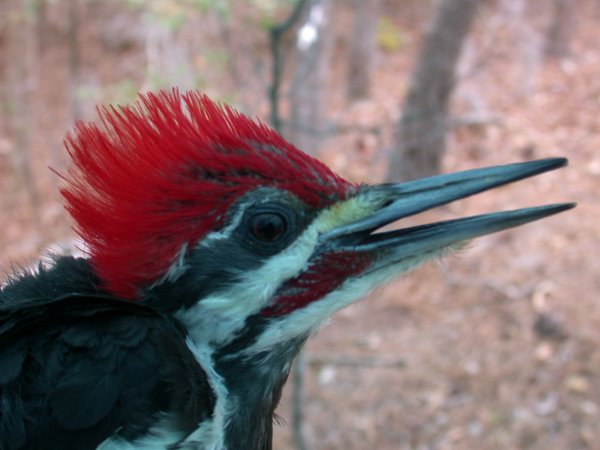
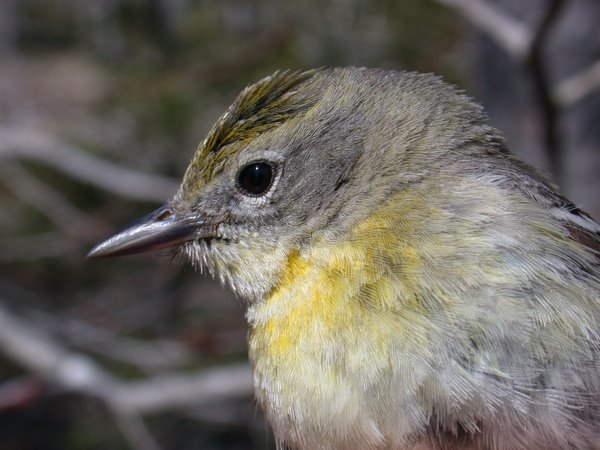
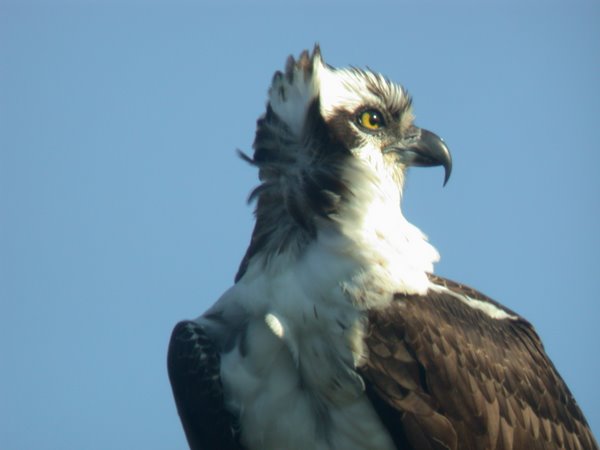
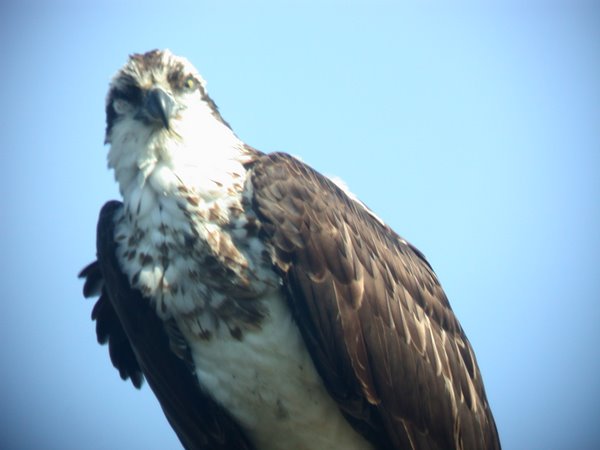
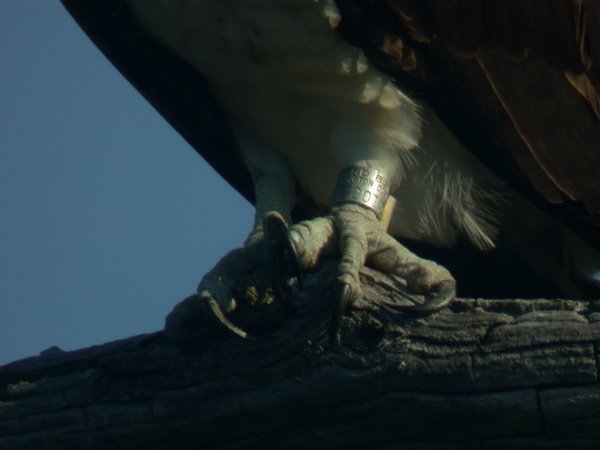
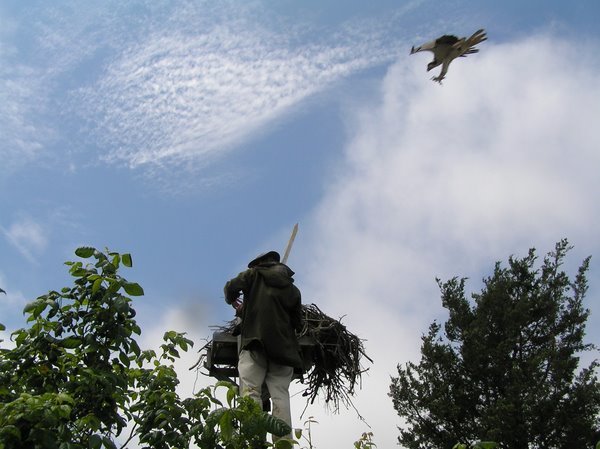

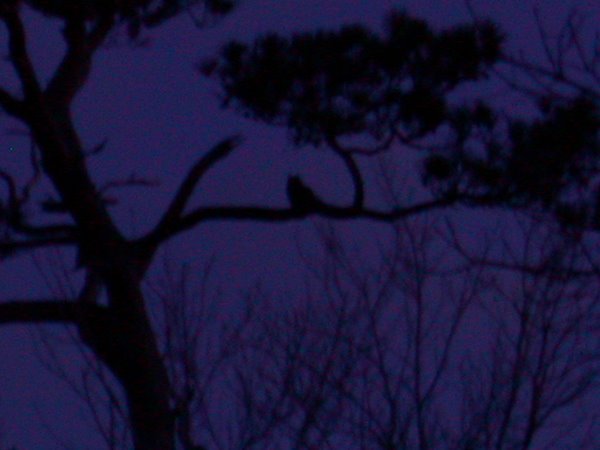



No comments:
Post a Comment